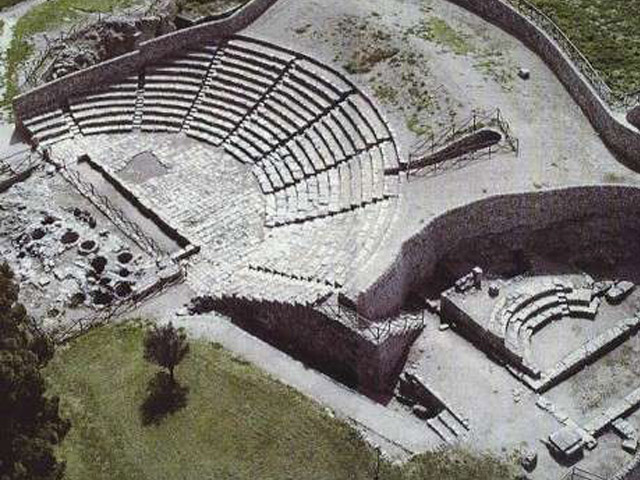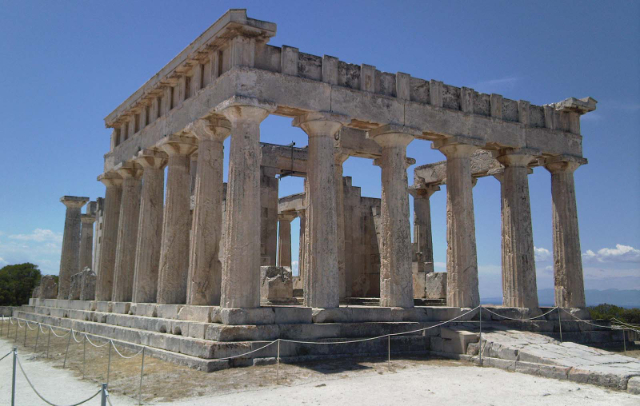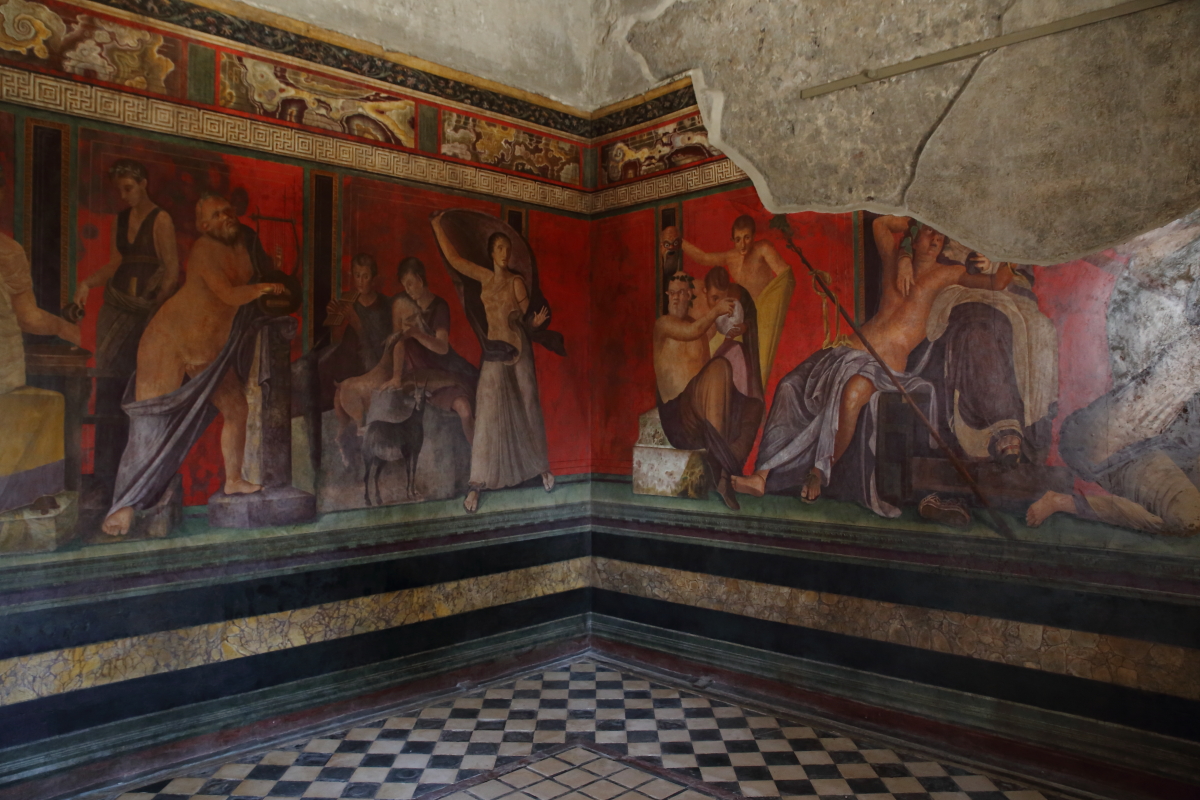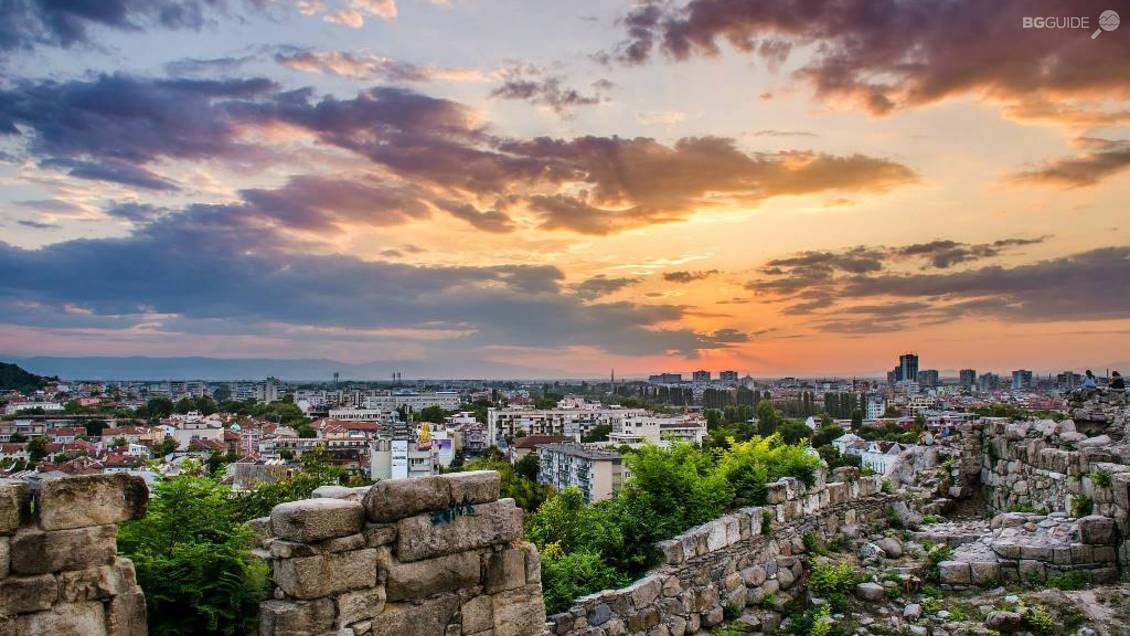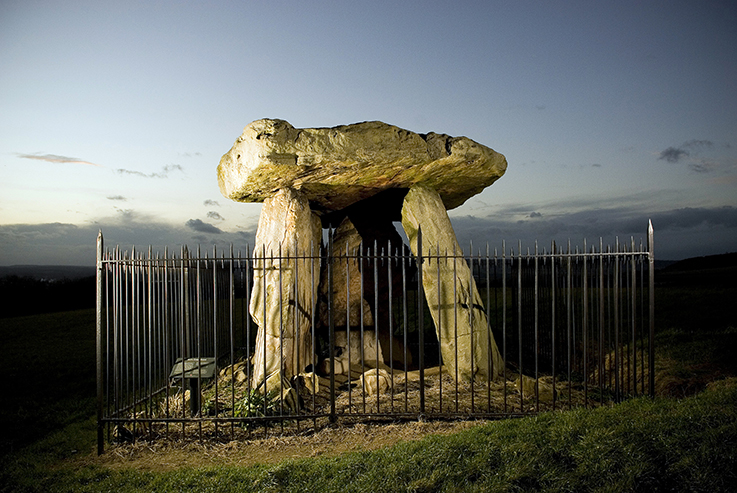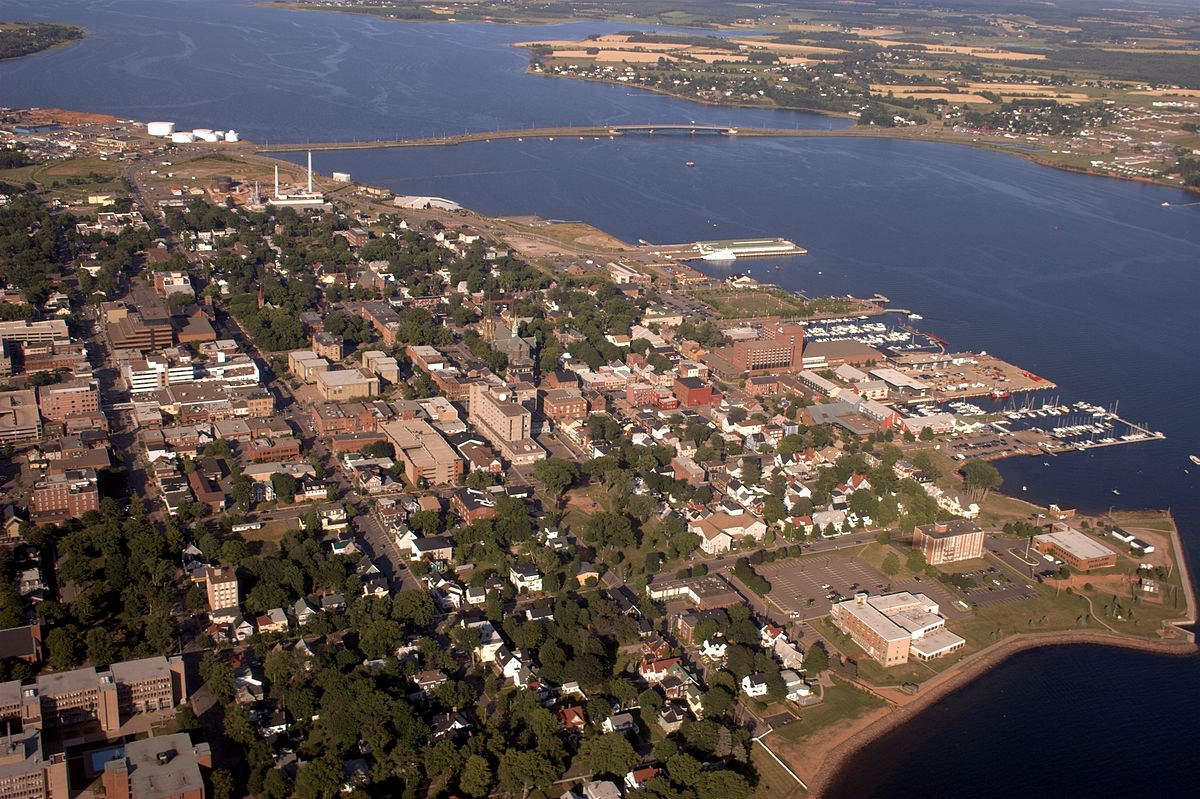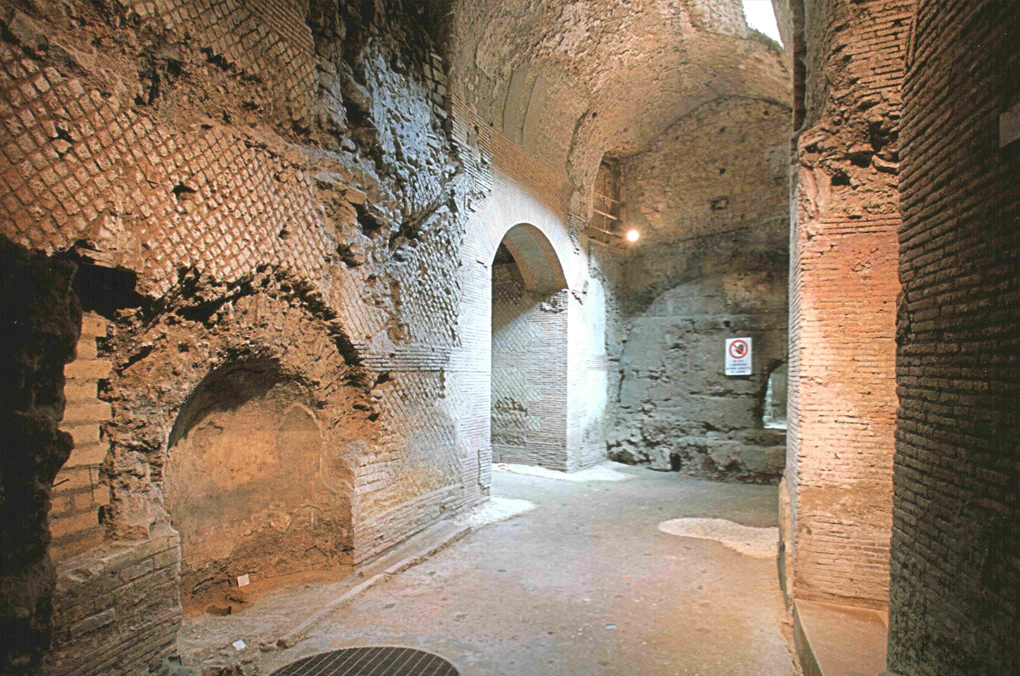Palazzolo Acreide (population 9204, 670 m.a.s.l.) is located in the province of Siracusa,
It is 45 km from Syracuse and is part of the Iblei district. It has a triangular shape with main entrances at the corners.
Destroyed by the 1693 earthquake, the 18th-century Palazzolo was reborn. In the Piazza del Popolo rises imposingly the Church of St. Sebastian with its scenic flight of steps. The interior has a nave and two aisles, with fine stucco work dating from 1783 and numerous paintings including that of St. Margaret of Cortona by Vito D’Anna.
Of 18th-century architecture is the Town Hall built on the site that was once the Benedictine Monastery.
On the vast Marconi Square is the Villa Comunale, desired and built by Barons Judica and Messina, and characterized by four spacious long avenues and centuries-old ornamental trees, some of which are very rare.
The Convent Church is of recent construction; attached to the church is the Convent of the Capuchin Fathers.
The Church of St. Anthony Abbot originally planned with three naves in the shape of a Latin cross, was never completed. The preeminent cult is to Our Lady of Sorrows.
The Church of St. Paul was built on the old Church of St. Sophia; the most valuable part is the Baroque-style facade. It is three stories high with a pronaos. It venerates St. Paul the Apostle elected Patron of Palazzolo Acreide in 1688.
The Church of S. Nicolò is the Mother Church; it has a Latin cross plan with a dome in the transept, the interior has three naves and the entablature of the cornice has rich Baroque decoration. The facade, redone in 1893, has some classical architectural motifs.
The Church of the Annunziata is the oldest in Palazzolo A. Rebuilt after the earthquake, it had a more majestic, three-aisled layout. There are three masterpieces of undisputed artistic merit: the marble altar inlaid with marbles of different colors, representing the allegory of spring; the portal of the facade dating from the 1700s is of Baroque and Spanishate intonation; and the painting of the Annunciation by Antonello da Messina, now on display at the Bellomo Museum in Syracuse.
The Church of St. Michael, simple in its overall design, has Corinthian-style columns inside. The facade is enlivened by a central portal with columns that are also Corinthian.
The one-nave Church of the Immaculate Conception is simple in its structure. Inside one can admire the valuable statue of the "Madonna and Child" by Francesco Laurana.
The Antonino Uccello House-museum is located in the ground-floor rooms (dammusa) of an old baronial palace on Machiavelli Street, dating from the 1700s. A. Uccello’s great dedication and passion for folk traditions has left us ethno-anthropological evidence of considerable interest.
The archaeological park is also very important.
Within the archaeological park, dominating the Anapo valley is the Greek Theater. Its discovery is due to Baron Gabriele Judica, in 1824. A man of culture, a lover of antiquity, he studied and safeguarded archaeological assets for future generations. Its construction dates back to around the second century B.C. during the reign of Hieron II. A narrow tunnel gives the opportunity to connect the theater quarry to the Bouleuterion. This modestly sized building was a gathering place for the assemblies of the Acrense senate. Close to the theater are the remains of the Temple of Aphrodite. To the southeast the latomie known as the Intagliata and Intagliatella, initially used as stone quarries for the construction of ancient Akrai, later became burial grounds. On the slope of the ancient city rise other latomie known as Templi ferali, places of veneration. At the foot of the hill a series of bas-reliefs carved into the limestone document the cult of the Akraians to the goddess Cybele or Magna Mater, recognizable by the tympanum, Modius and lions. The reliefs dating from the mid-3rd century B.C. also discovered by Baron Judica (in 1809)), number 12 and are referred to as "Santoni" in local slang. Sculpted on a wall that stretches about 30 meters, they are crudely made but bear witness to historical and religious value. The pine forest necropolis occupies the flat top of said district, and is visible from the scenic road.
It is 45 km from Syracuse and is part of the Iblei district.
